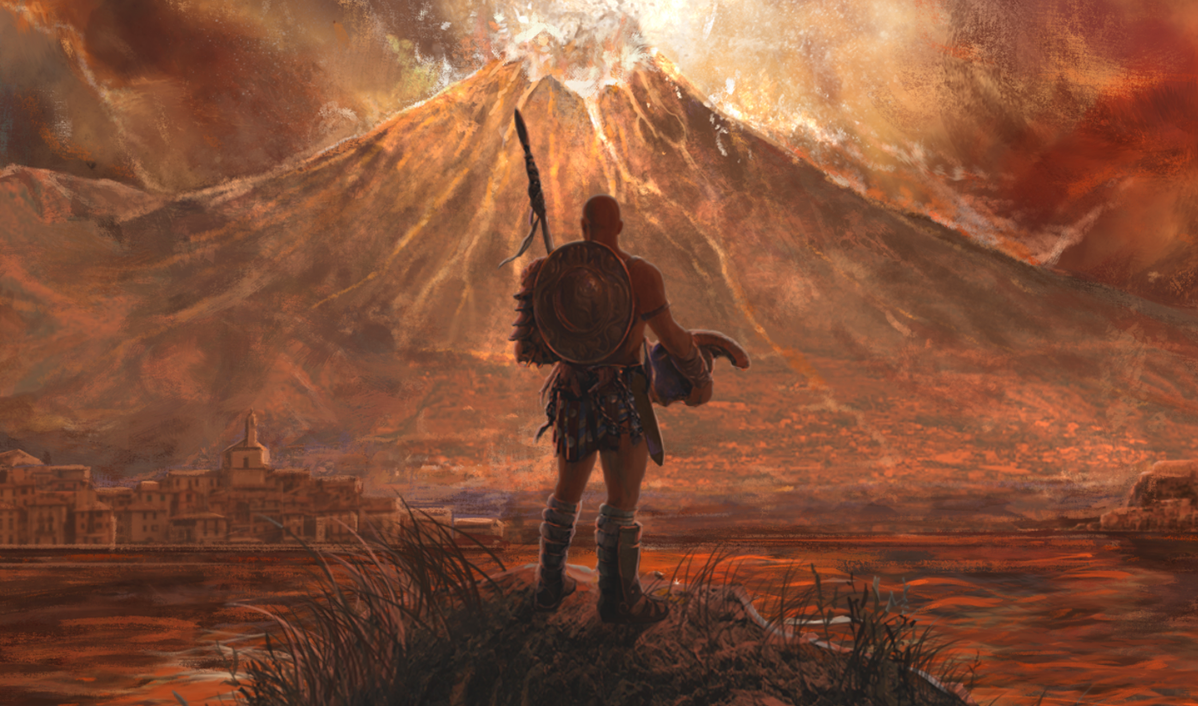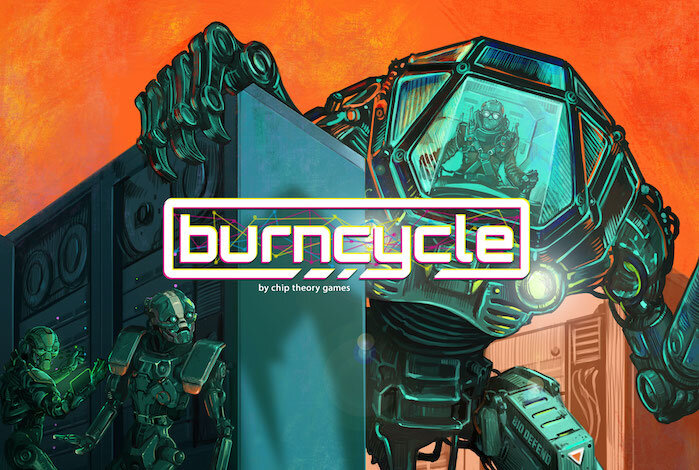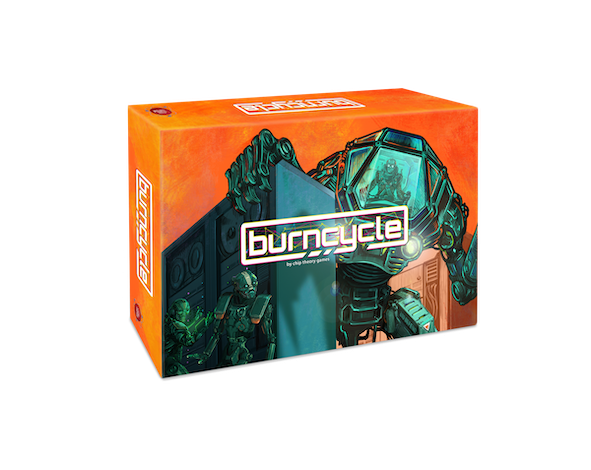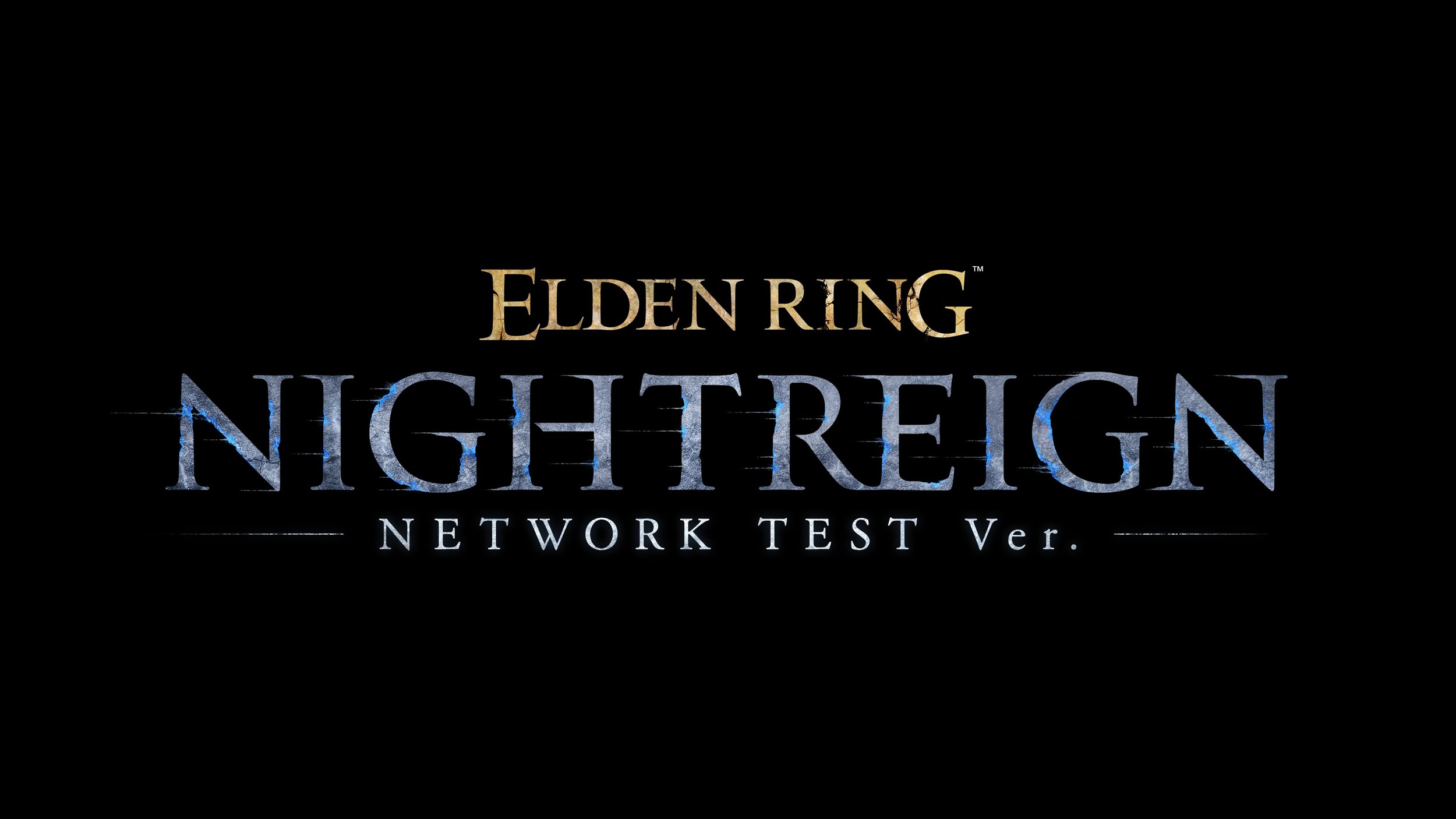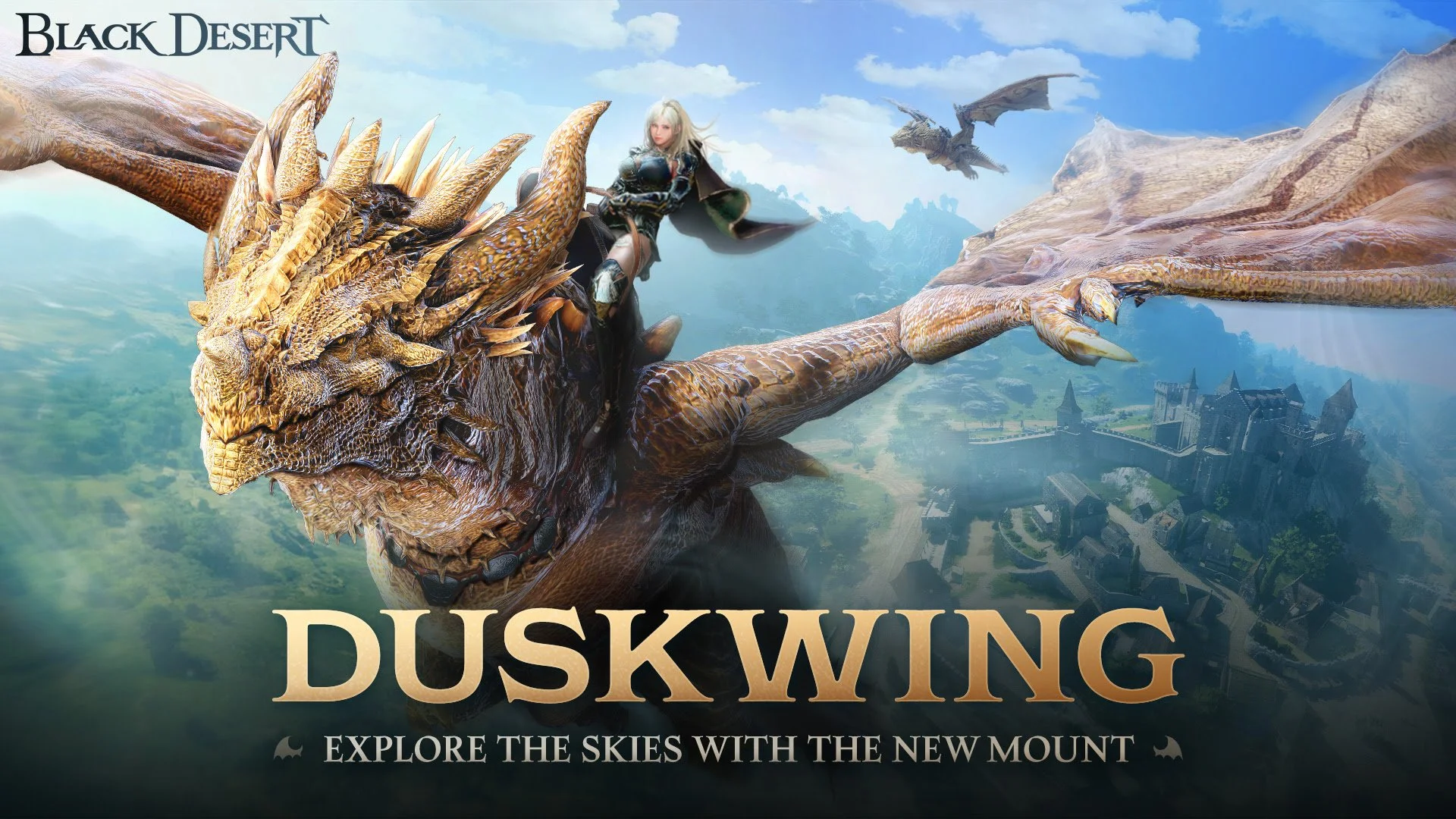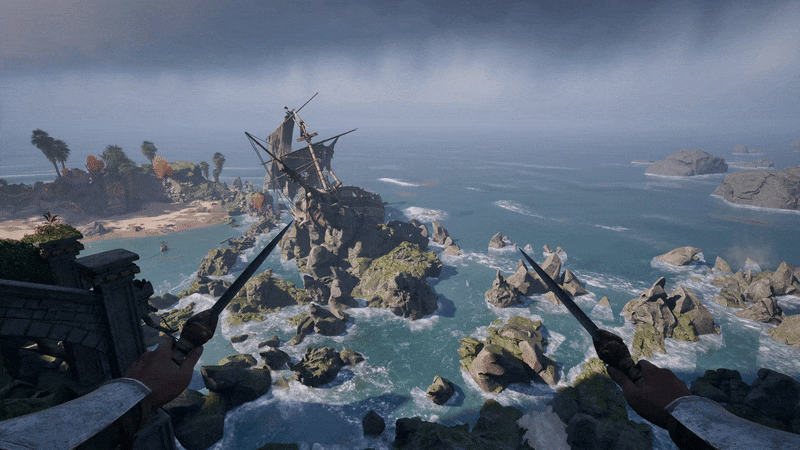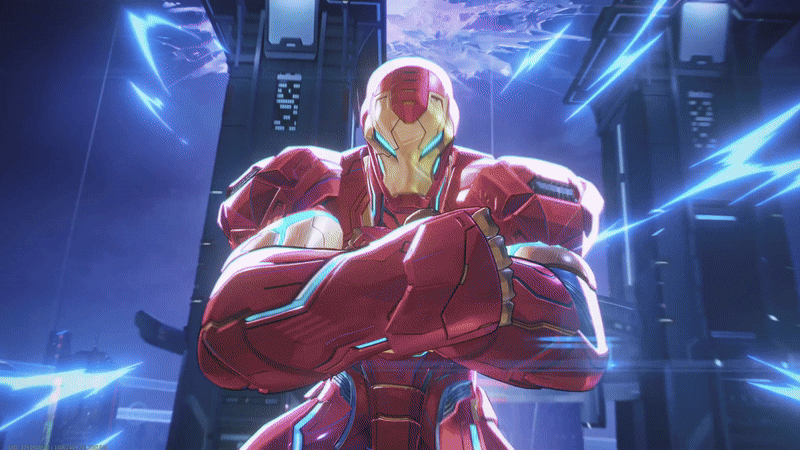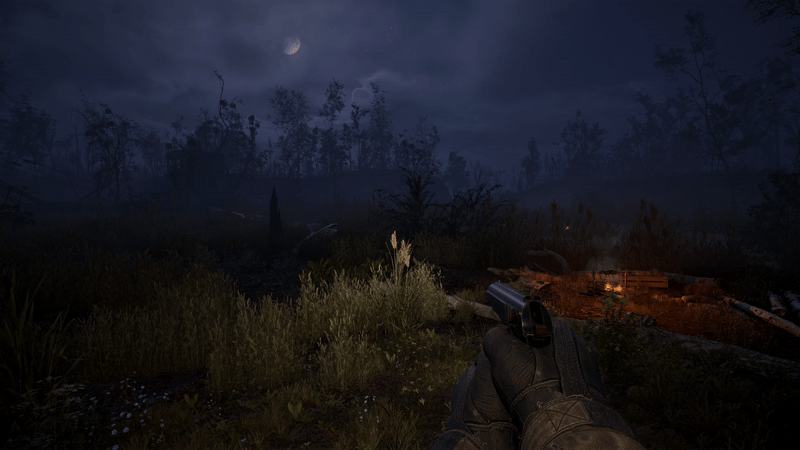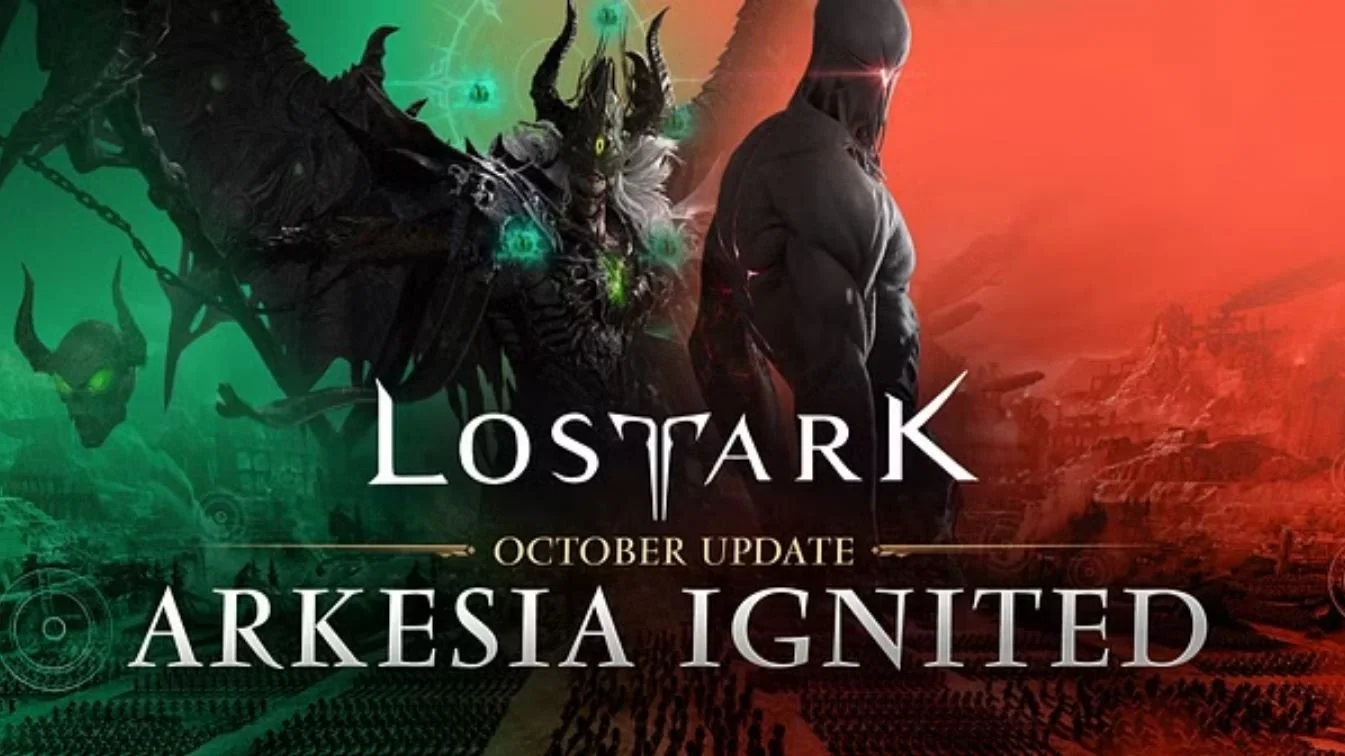At the beginning of the Kickstarter campaign, I shared my thoughts on burncycle, the latest tabletop adventure from Chip Theory Games. The puzzly infiltration game has successfully funded and is currently unlocking stretch goals.
The sci-fi setting is an environmental departure from the fantasy worlds of Too Many Bones and Cloudspire but I’m really excited about where this game is going. After playing through some of the game, I wanted to talk more about this new project.
And Josh Wielgus of Chip Theory Games was gracious enough to sit down with me and discuss the upcoming board game. I talked with him about the design process and what players can expect from the squad-based cooperative game.
Here’s the conversation (edited for clarity):
Where did the idea for burncycle originate?
Josh Carlson, the lead designer for the game, has been kicking this idea around for several years now. He was interested in a stealth game set within a retro sci-fi universe. The game concept was first construed as a lighter version of Too Many Bones that featured stealth and infiltration tactics. With the help of Andrew Navaro, previously of Fantasy Flight Games, burncycle has evolved into something else with more cyberpunk and futuristic aesthetics.
We’ve infused the game with elements of Too Many Bones and Cloudspire, but it’s more approachable while still featuring the squad tactics and asymmetric gameplay that makes our earlier titles so engaging. This is just easier to pick up.
Too Many Bones doesn’t include a physical setting and Cloudspire utilizes space in the tradition of tower-defense games or MOBAs. Why the transition to a more traditional layout for burncycle?
For the infiltration and stealth elements to really work, you need that physical space for evasion and maneuvering. But, also, we’re just interested in doing something different—taking the existing mechanics that we love from our other games and finding something new to pursue. This is a game where building your team is really important. And the board layout reinforces the importance of those decisions.
We don’t want to simply copy what has succeeded for us in the past. In burncycle we’ve got a modular board with neoprene mats on top of neoprene mats. It’s absurd, but it’s also awesome. No one has done something like that. Chip Theory Games is always looking to serve the players in the best, most creative ways possible.
Combat is typically a major focus in games from CTG. From a design standpoint, how difficult was it to shift toward a more stealth-based approach?
Tremendously challenging. Health chips are central to our other games but they aren’t present at all in burncycle. But there have been many times when we almost pivoted to a combat-driven approach, where players would fight against the guards rather than evade or outsmart them. At the end of the day, though, we returned to the original premise of finding a different way of doing things.
And we found it wasn’t thematically appropriate to center the game around combat. It didn’t make sense with the message of these more empathetic robots going up against the controlling and domineering human corporations. In an effort to avoid reskinning Too Many Bones and retreading old ground, we’ve stayed away from the health chips and a combat-heavy design.
The duality of physical and virtual play is intriguing within burncycle. What advantages do you find in splitting play between these two realms?
CTG games excel in creating tension. Players confront a situation and assume that there is no way to survive it, losing a certain amount of hope before finding that one path, that one avenue to succeed. A character’s special ability that leads to the one die roll that can help them skirt disaster. Players need a way out of the game at all times, but it should be challenging.
So, in burncycle, the duality of the network and the physical map allow players to switch between them, finding clever ways around obstacles or a moment of respite when they’re blocked in by guards or some other circumstance. In addition, the mechanic also assists in preventing quarterbacking, where there is one player trying to drive all of the action. It’s got several benefits that we liked.
How are the three corporations distinct from each other?
All of them come with unique guard captains that appear on the third floor. The CEOs represent the style and flavor of the corporation that you’re attacking, but the guard captains are the physical presence. These are heavily-armed, tough bosses.
Corporations also boast unique rooms that are added to the pool of general rooms, so there will be variability in the layout depending on which entity you’re infiltrating.
Finally, the threat meter changes between each corporation, presenting the players with unique dangers that the squad of robots will face as the threat increases during the mission.
Difficulty is supposed to increase between the three floors during gameplay. How are you managing that?
We want things to feel somewhat hopeless but also encourage players to find clever ways to get out of those situations. Threat escalates as the game progresses, but the robots also get stronger, unlocking more dice, more powers, and gaining other skills or equipment that help the squad to succeed. As the game gets harder, players get more control over what they can do.
So, the guards become more powerful. Doors are more difficult to open. The threat level gives players more headaches. And the network becomes more important. But all of this can be managed, or confronted, by players who are more capable of responding to these dangers.
Also, the threat level is tied to the player count, for balancing purposes.
How much do you anticipate the game changing in development at this point? Or are you just at the point where you want to balance different mechanics?
I don’t see the bones of the game changing significantly, but we do have some adjustments planned.
As of now, the wireless network access cards are usually only punitive, which doesn’t always encourage players to utilize that aspect of the game, so we anticipate a serious overhaul of those cards to modify that experience. We will likely also tweak the robots’ control modules, their burncycle reserve, and possibly augment their individual skills to feel more potent and more applicable.
The biggest change will just be the introduction of a lot more content. More guards, more cards, and more variation. All things to improve the game overall.
In what ways do you think burncycle has learned and improved from your design experience with other CTG games?
I think we’ve found a balance of a game that is easier to get to the table while still being crunchy and decision-heavy. Too Many Bones has a lot of interlocking systems that can be intimidating to some players and Cloudspire relies on a lengthy list of keywords that requires time for players to digest and understand. What we’ve done with burncycle, though, is reduce some of those inhibiting elements. We’ve created logical links between the systems for a gameplay experience that’s less overwhelming for some players.
Also, the threat meter acts as a kind of forced timer that helps to keep the game limited to a certain amount of time. It doesn’t drag on. It’s smoother and it’s shorter. We really tried to make everything tie together in intuitive and natural ways.
How do you think this game will grow and expand with future content down the road?
Within the Kickstarter campaign, we have a stretch goal pack that will add a new optional mechanic to the game that changing how robots interact. That’s something to look forward to. But down the road, we plan for new corporations, bots, and other cards to bolster the base content.
And we’ve considered how to create variations of the floor levels within each corporation to slightly adjust the gameplay each time.
Regarding the Kickstarter, where did the idea for the Strategist pledge level come from?
Originally, Chip Theory Games needed financial support. Not just for the game, but for the company. We needed backers who wanted to invest in the future of CTG, so we came up with the idea for a pledge level that would get all future games. Forevermore. The backers would take the risk initially and then share in the success of Chip Theory Games as we grew. Now, we don’t need that financial boost as we did in the beginning, but it’s become a tradition for the community and we like that.
Is there anything else that you want to share about the game that I missed or that might be revealed as the campaign progresses?
The biggest complaint we keep hearing is about the artwork on the maps. And we can’t stress enough that the design will look different. There was a scheduling conflict with the artist and the timing of the Kickstarter campaign but we didn’t want to push back the launch. The incoming artwork and graphic design is significantly better than the current slate, so keep that in mind.
We do things a little differently on Kickstarter. There aren’t any exclusives. Everything that’s unlocked will be available to all of our customers and that’s something we believe in as a community. We use the platform to engage with the community, bringing our game to the fans and players earlier than many publishers so that we can get feedback and player engagement. It’s something we care about and it’s how we run our campaigns.
It was a lot of fun discussing the game, and it was interesting to see how the company has evolved over the years and incorporated what they’ve learned while making games. I think burncycle is going to be an engaging sci-fi experience. Hopefully, the designers continue to fine-tune the gameplay.
Check out more games from Chip Theory Games here.
And stay tuned to GameTyrant for more of the latest in gaming news.





